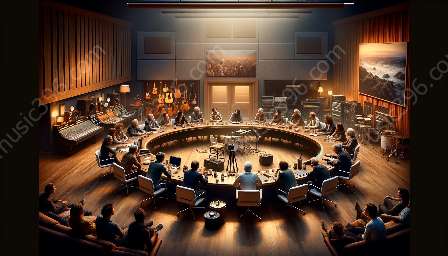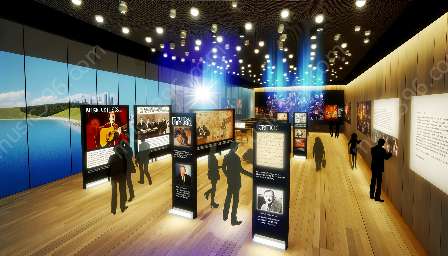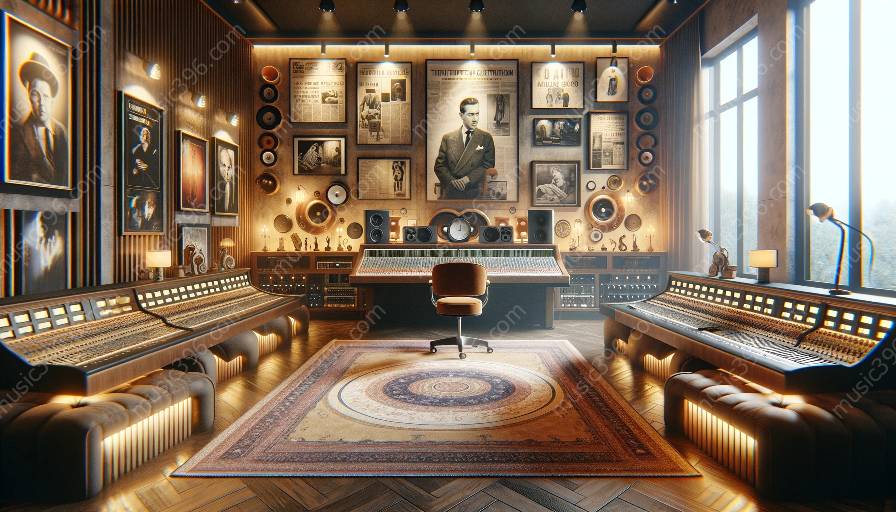Music criticism in the twentieth century has been greatly influenced by the increasing accessibility of music. From the early days of print media to the digital age, the way music is accessed and consumed has significantly impacted the role of the critic and the nature of music criticism.
Evolution of Music Criticism
In the early twentieth century, music criticism was primarily confined to print media such as newspapers and magazines. Critics played a crucial role in shaping public opinion and influencing the perception of various musical genres. However, the limited access to music meant that critics were often seen as gatekeepers, responsible for filtering and interpreting the musical landscape.
As technology advanced, music became more widely accessible through radio and recordings, leading to a proliferation of diverse musical styles and genres. This accessibility transformed the role of critics, as they were no longer the sole authority on what was considered 'good' music. Critics had to adapt to the changing landscape and engage with a broader range of music.
Impact of Accessibility on Criticism
The increased accessibility of music has had a profound impact on the nature of criticism. With the advent of the internet and streaming services, music is now more accessible than ever before. This has democratized the landscape of music criticism, allowing for a diverse range of voices and opinions to emerge.
Furthermore, the rise of social media and online platforms has empowered individuals to share their own critical perspectives, challenging traditional notions of expertise and authority in music criticism. The accessibility of music has given rise to a more democratic and decentralized approach to criticism, with a multitude of voices shaping the discourse around music.
Challenges and Opportunities
While the accessibility of music has opened up new possibilities for criticism, it has also presented challenges. With an overwhelming amount of music available at our fingertips, critics face the daunting task of sifting through vast catalogs to discover and evaluate new music. The abundance of choices and the pressure to keep up with the rapidly evolving landscape of music can be overwhelming for critics.
On the other hand, the accessibility of music has created opportunities for critics to explore and engage with a wide array of musical traditions and cultures. Critics can now delve into niche genres and underground scenes, shining a spotlight on artists and movements that may have been overlooked in the past.
Conclusion
The accessibility of music has profoundly shaped the trajectory of music criticism in the twentieth century and beyond. It has redefined the role of the critic, diversified the landscape of critical discourse, and presented both challenges and opportunities for engaging with music. As technology continues to evolve, the impact of music accessibility on criticism will undoubtedly continue to unfold, enriching the discourse and appreciation of music in our society.







































